Analysis: Assessing all Eight Quarter-Finalists at the Copa America
After a dramatic and thoroughly entertaining group stage, the knockout bracket of the Copa América has been set. So, let us take a look at the strengths, weaknesses and chances of all the teams left standing
By Neel Shelat
Argentina
World champions Argentina were naturally among the favourites going into the Copa América, and they have certainly not disappointed so far although they have not really been tested to their limits either.
Drawn into a very straightforward-looking Group A, they scored comfortable wins over Canada and Peru to seal the top spot with a game to spare and preserved their perfect record with a rotated line-up against Chile.

The key to their success certainly has been preserving the balance of the XI that led them to World Cup glory in Qatar about two years ago, so there is nothing to suggest that they are anything but well-positioned to defend their Copa crown in the knockouts.
Ecuador
Ecuador’s group stage campaign was a lot rockier than it needed to be as an unfortunate red card led them to lose a match they were otherwise dominating against Venezuela, adding much more pressure to their remaining games. Still, they got the job done with a with over Jamaica and a shutout against Mexico.
That match situation from their opener has completely skewed their statistical record, but do not let their sub 40% possession average lead you to believe that they are no good with the ball. Félix Sánchez has devised a good system that sees his side attack in a 3-2-5 structure with good progression through midfield and attacking threat on either side via Brighton’s Jeremy Sarmiento on the left and teenage sensation and future Chelsea player Kendry Páez drifting in from the right.
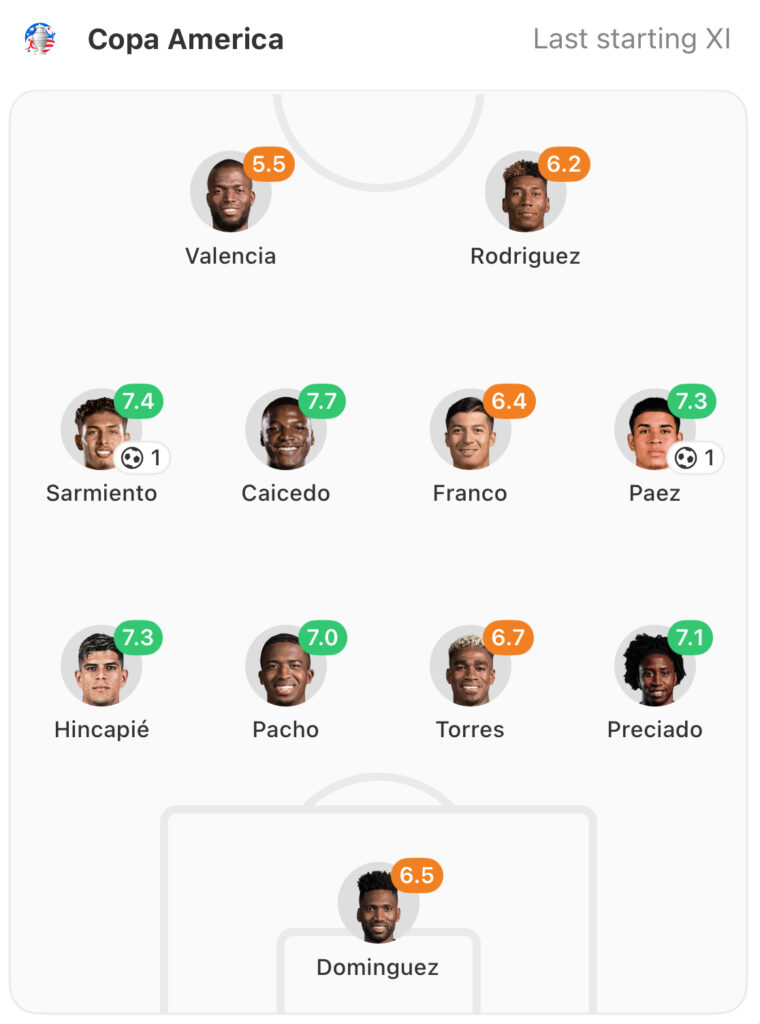
Venezuela
Venezuela are one of just two CONMEBOL teams to have never lifted the Copa, but they might just be dreaming of changing that this time after their best-ever group stage campaign saw them win all their games for the first time in tournament history. Indeed, their performances in the group stage were as good as anyone else’s.
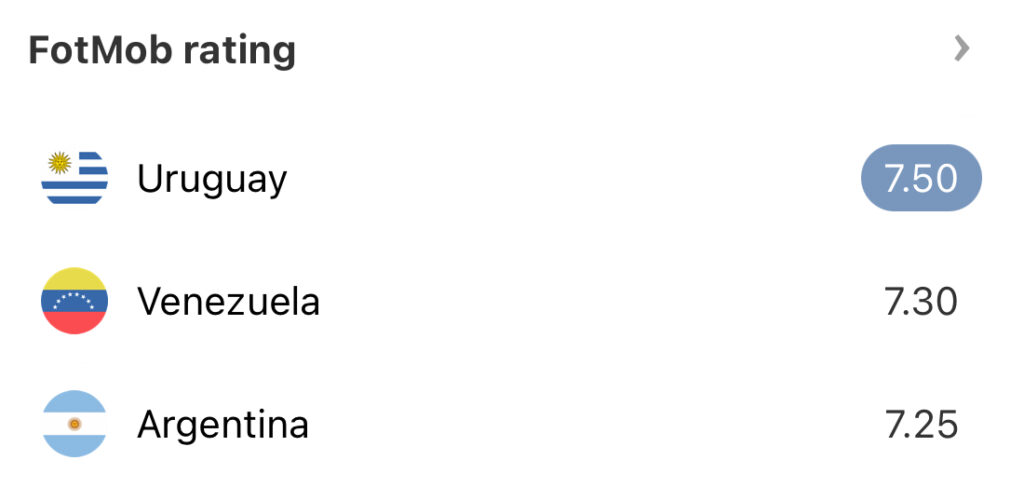
Of course, a big reason behind that is that Group B had the weakest set of teams in the competition. How Venezuela will fare against one of the giants remains a big question mark, but it is not one they have to immediately worry about as their quarter-final tie is against Canada. If they can advance to just their second-ever Copa América semi-final, they will surely hope that their well-drilled defensive approach sets up a platform to do something truly unforgettable.
Canada
Canada had little weight of expectation going into the tournament as this was their Copa América debut and Jesse Marsch’s first tournament in charge, but at the same time, everyone could tell that they had a great opportunity to put together a memorable campaign thanks to the nature of the draw.
The Canucks have not let it slip as they defeated Peru and held out for a draw against Chile to advance to the knockouts. As expected, Marsch employed his favoured 4-4-2/4-2-2-2 formation which led to them keeping two clean sheets in the group, but goalscoring has been an issue.
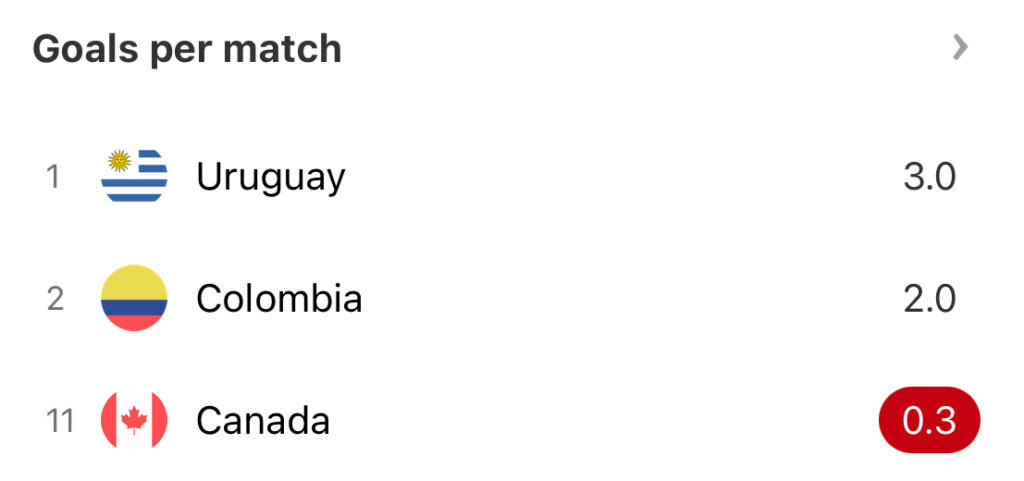
The solution for that might be something as simple as being more composed in front of goal as Canada have missed as many as eight big chances at the tournament so far, so they have reason to remain optimistic going into their quarter-final.
Colombia
Colombia only have one Copa América title in their trophy cabinet, but they have a golden chance to double their return this time around.
They are perhaps the most in-form team at the tournament, having been on a run of 10 straight games until their last group game – a 1-1 draw with Brazil that saw them seal the top spot. In fact, they are undefeated since February 2022 in a run that includes every match Néstor Lorenzo has overseen.
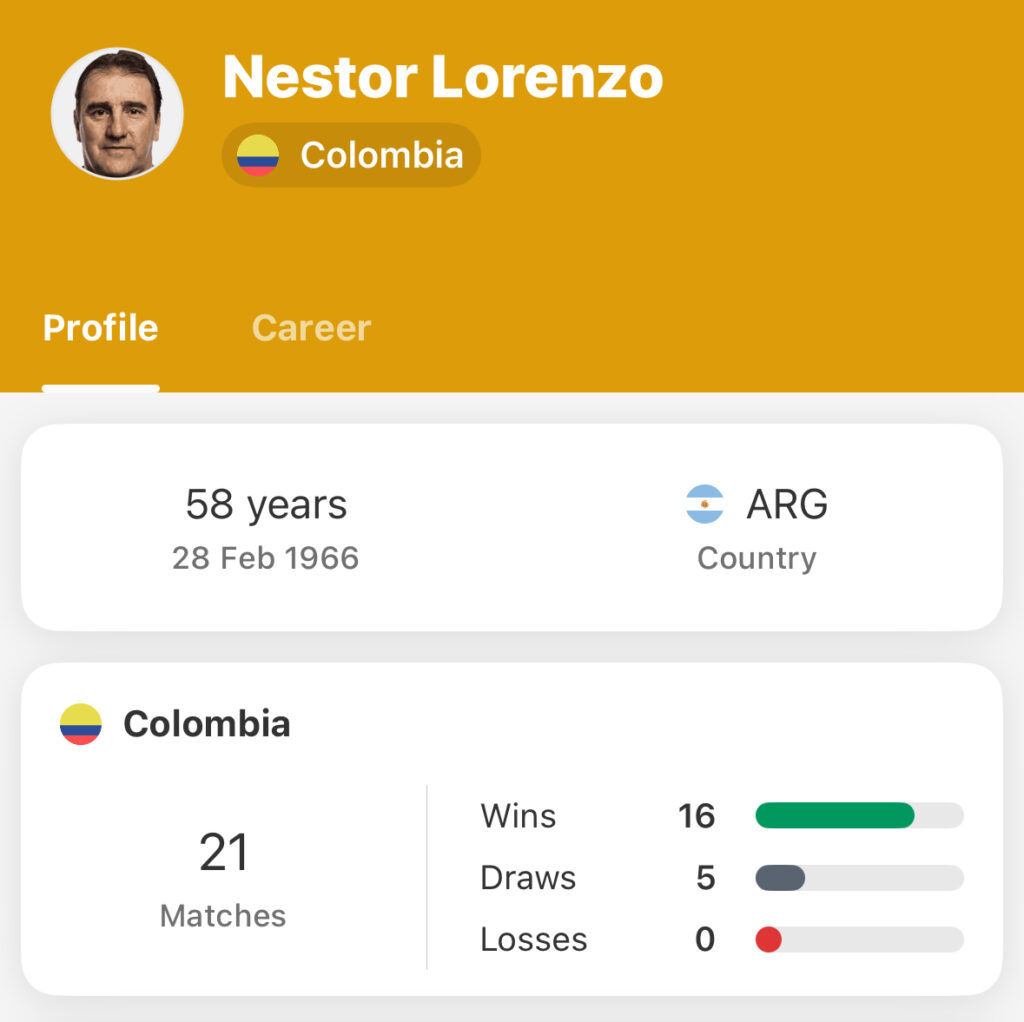
The Argentine tactician has devised the perfect system to get the best out of his squad, with James Rodríguez as the key attacking figure, thriving in a free role. As the tournament’s joint-second top scorers, Colombia will surely be a force to reckon with in the knockouts.
Panama
Thomas Christensen has done a fantastic job in charge of Panama since taking charge in 2020, almost halving their FIFA ranking. His best achievement to date, though, has to be guiding them to their Copa América knockouts debut.
The Canal Men were undoubtedly lucky to face a shorthanded USMNT and score a crucial win in that match which ultimately proved to be the difference between the two teams. They showed good attacking intent and quality against Bolivia as well in an expansive 3-2-5 setup, but their defensive frailties will likely hold them back in the knockouts.
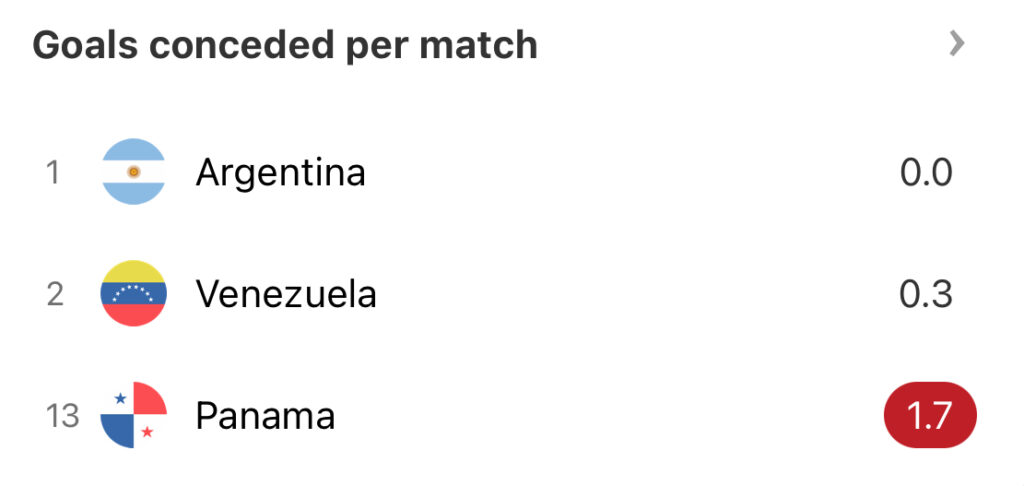
Panama have already overachieved big time by getting to the knockouts, but anything beyond this seems a step too far for them to realistically make.
Uruguay
Marcelo Bielsa’s Uruguay have been among the most interesting national teams of late as he led them to consecutive wins over Brazil and Argentina in World Cup qualifying prior to this Copa, where they were being placed among the firm favourites.
Three wins out of three in the group with an aggregate score of 9-1 should be an ominous sign for anyone who stands between La Celeste and the title. They look incredibly well-rounded with Bielsa’s trademark high press sure to cause problems to any opponents and their direct attacking play and quality up front making them the top scorers.
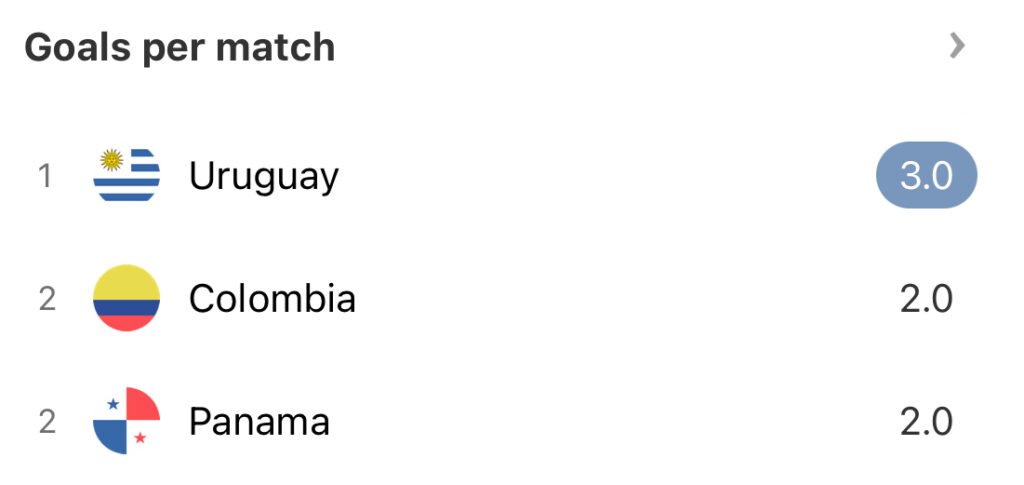
Brazil
Brazil have had a tumultuous couple of years, starting at the last World Cup, and it has not been smooth sailing at the Copa either.
They are yet to taste defeat in seven matches under Dorival Júnior but have only won three of them, including just one in their group. As a result, they wound up in second place, which means they will likely have to defeat all three top contenders in order to lift the title.
The Seleção have been enduring a bit of an identity crisis between their traditional free-flowing style of football and a more rigid risk-averse approach. Their new head coach seems to be trying to get the best of both worlds, but their attack has been rather hot and cold given the level of talent they possess and yet their defence has also been worse than their three chief rivals.
Of course, you can never afford to write off Brazil, but it will take something quite special for them to win the Copa from here.
(Cover image from IMAGO)
You can follow every game from the Copa America live with FotMob — featuring deep stats coverage, xG, and player ratings. Download the free app here.